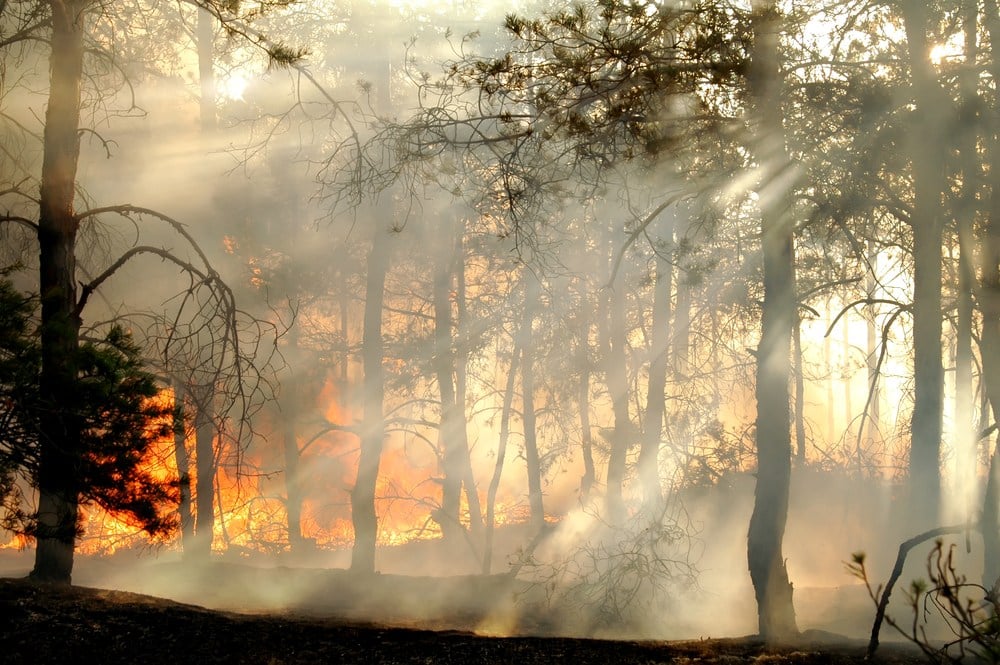It was not that long ago that a smoky haze was across southern Alberta from fires in Washington State. The haze was caused by wildfires and the winds moved the smoke over Alberta. Wildfires seem to be very common lately with the latest one making the news from California. Wildfires can be caused naturally or caused by humans - either by accident or through acts of arson. Chemistry Matters works with wildfire investigators to help determine if the fires are caused by arson and to determine the type of accelerant that was used to start the fire which is why this topic is so relevant to the company.
In addition to arson projects, Chemistry Matters also works on projects involving polycyclic aromatic hydrocarbons (PAHs). These projects have involved sampling soil and sediment after oil spills and releases into the environment as well as air sampling around oil production facilities (leases, upgraders, and refineries).
What is the connection between environmental monitoring of PAHs and wildfires?
All combustion process produce PAHs and wildfires are no exception. When a haze sits over an area from wildfire smoke, there will also be high concentrations of PAHs from that fire.
What contribution do wildfire smoke have to environmental monitoring of PAHs?
Unless you are monitoring and industrial source of PAHs (from a stack or from a fenceline monitoring station), the concentrations of PAHs in the air are generally at ambient concentrations (background or natural concentrations) which are very low. These low concentrations of PAHs have characteristic patterns that can be used to determine the source of the PAHs.
How can I tell the difference between wildfire PAHs and other pyrogenic sources?
Wildfire smoke will contribute distinctive markers to the smoke. These markers include compounds such as levuglucosan and methoxyphenols. Both of these are used in human biomonitoring studies to assess exposure by measuring them in urine of exposed individuals. Retene is a common PAH that has been used to identify forest contributions to PAHs and one that I blogged about when we used it for a project to identify sources of PAHs.
PAHs in wildfires
There are many articles that discuss PAHs from wildfires. If you are conducting ambient air monitoring and wildfires or wildfire smoke are in the area, you must look at how to distinguish between the sources of PAHs you are measuring. Wildfire PAHs can have substantial contributions to your measurements. These contributions may need to be determined.
Contact us with any questions you may have on how to determine where PAHs are coming from.


-1.png?width=859&name=Sample%20%231%20(2)-1.png)
.jpg?width=859&name=Archery%20photo%20(3).jpg)